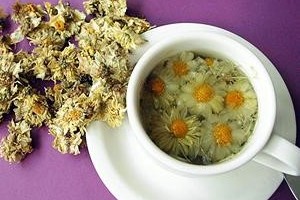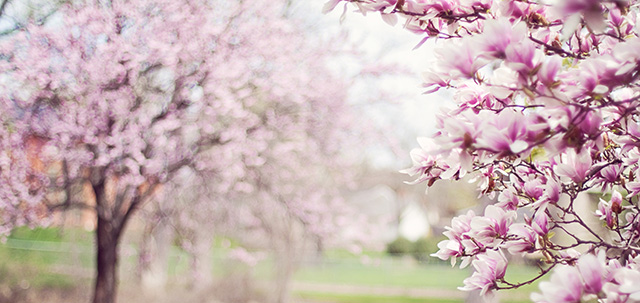
Can a Tea from Flowers Relieve Your Allergies?

Many articles that offer methods for allergy relief put “avoidance” at the top of the list. With airborne allergens it’s easier said than done. However, avoidance can be both helpful and easily accomplished in some cases. But when avoidance is not practical, what else is there? Stay indoors? Not a great option. Neither is giving up your pet whose dander is unavoidable and is understandably tired of having you bathe them twice a week.
How about drinking a tea that helps calm some of your reactions? You’ve probably seen chrysanthemum flowers, in real life or pictures. They’re beautiful. But can they really help? In short, yes, the benefits of chrysanthemum work best as part of a comprehensive approach. The taste is mild, slightly sweet, with a touch of earthiness, and feels clean on the palate.
Chrysanthemum Tea: Allergy Relief throughout the Years
The medicinal use of chrysanthemum flowers dates back several thousand years before the earliest known written recordings of Chinese medicine. Nearly 5,000 years ago, Shen Nong, the divine farmer, found that chrysanthemum (among other flowers and natural products) has medicinal properties. Written records of his findings were passed down orally until about 1,800 years ago when they were first recorded.
Most restaurants in China offer chrysanthemum tea as an option to green and black teas. Many people on the streets of China can tell you that chrysanthemum flowers calm the liver and clear the eyes. It’s part of their cultural inheritance.
Chinese medicine texts further expand upon the tea’s qualities. They point out that it releases heat from the exterior portions of the body, which means it can soothe hot skin rashes. This benefit can be gained either by drinking the tea or directly applying concentrated tea or paste topically to the skin.
Relieving Allergies with Chrysanthemum Tea
There are three different types of chrysanthemum flowers that are used medicinally. The following description of their differences comes from the highly acclaimed text: Chinese Medical Herbology and Pharmacology by John and Tina Chen.
Wild chrysanthemum flower is strongest in clearing heat, eliminating toxins and treating sore throat, sores and carbuncles, and swollen, painful eyes.
Yellow chrysanthemum flower is the strongest in dispelling wind heat (heat on the surface of the body).
White chrysanthemum flower is strongest in sedating liver fire, brightening the eyes and treating redness and pain in the eyes.
If you can’t find chrysanthemum flower tea in your local store there are plenty of places you can purchase it online, try here and here.
Chrysanthemum tea is neither stimulant nor sedative and the benefits of chrysanthemum can be enjoyed daily to help maintain healthy liver function and reduce any excessive heat in the body.
Cheers and bottoms up.
Share:
Dr. Stephen Morrissey OMD
Subscribe To Our Newsletter
We want to be on your team. No spam, filled only with goodness.
Keep In Touch
Most Popular


No-Gym Ab Workout!

6 Tips to Reduce Allergies To Dogs in Your Home

The Seasons are A – Changin’!
Categories
Related Posts

Wellness Journey: How Yoga and Fitness Can Fulfill Your Life
Recently I had the pleasure of interviewing Kelsey Brennan, a unique health and wellness advocate and Yoga instructor based in Denver, Colorado. I hope you

No-Gym Ab Workout!
Don’t have time for the gym? Not feeling like you’re not getting enough diversity in your workouts? If you’re just doing some cardio, crunches, and

6 Tips to Reduce Allergies To Dogs in Your Home
Even though someone in your family has a dog allergy, you’ve decided to get a furry companion. Don’t worry, you’re not alone! Even though approximately

The Seasons are A – Changin’!
While it may have snowed this week in Colorado, plants have been celebrating their renewal for well over a month in most parts of the
